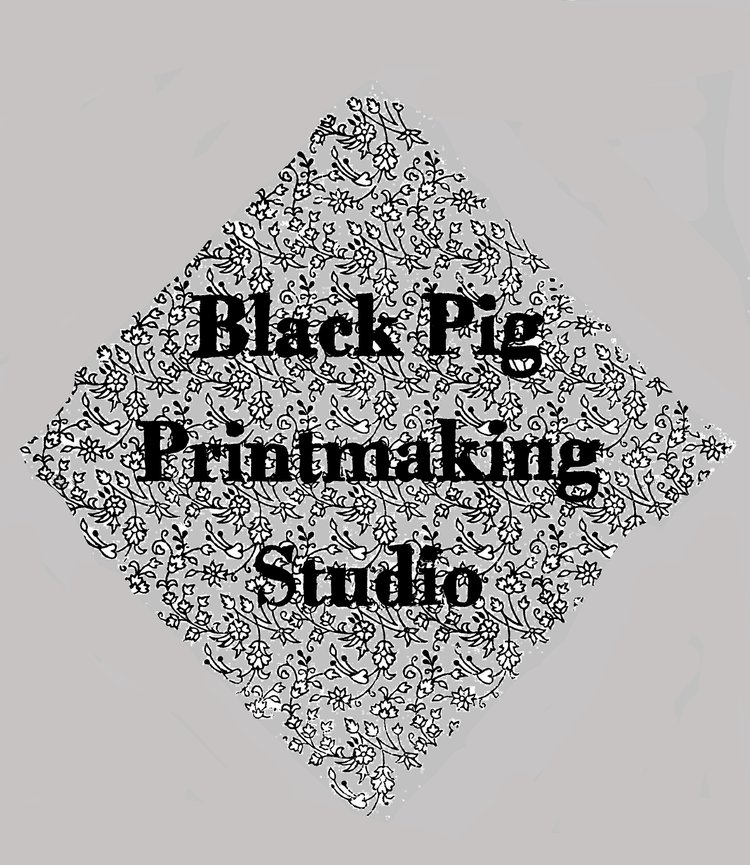It’s a long hot day and I’m aged about ten in a history class in a pre-fab classroom in Hemel Hempstead. Outside, across the valley two fields of corn wave hypnotically in the breeze and I am many thousands of miles away from the teacher’s voice as he blarts on about corn laws or some such. Like a child drifting off to sleep, I can hear his words but they make no sense. In front of me, in a book called “How we used to live” is an engraving. We are looking through two railway arches at a sooty scene of tenements; sordid and overcrowded. It’s to remind us in the 1970’s of how far we’ve come since the bad old days. I’m transported through those arches, it’s as if I can fly and swoop through them, following the curve of the back-to-backs below. That engraving is setting me free and taking me far away from enclosure acts and work under compulsion; it’s teaching me to live for my imagination and care no more for the mundane and the material.
The engraving is called “Over London by rail”, it’s drawn by Dore and engraved by Pannemaker. His engravings are more frequently than not signed by himself in the left-hand corner and by the engraver in the right. Quite rightly, they are seen as collaborations unlike their English counterparts working for the Dalziel Brothers whose work was almost never signed by the engraver and were therefore robbed of the esteem they so richly deserved.
The book the engraving is from is called “London, a Pilgrimage” and is a masterpiece. The images are often reproduced whenever something is needed on Victorian everyday life and particularly the poor.
That picture came back for me years later when I used it as a starting point for my own version with the same title; a salute to Dore and Pannemaker over that vast span of time. It was for a body of work called “Parallel Prints”, a group show that was exhibited in New Zealand and England at the same time and has since grown and travelled the world.
The second engraving, also by Dore, go me out of a tight spot and turned my way of working round for ever. I was an undergraduate doing tons of linocuts and getting increasingly frustrated by its (or rather my) limitations in describing tone and form. I found the engraving of Snow White entitled “and who are you queer little fellows”, on a junk stall and bought it for a fiver. Took it home, looked at it under a loupe. Then I looked at it some more, and then some more. It didn’t take long for me to realise that this was the missing link; that the way Pisan, the engraver, diminished or swelled a contour line to describe form was my way out of the cul-de-sac I was in. I simply had to translate that way of working from engraving to lino. Never looked back. I owe an enormous amount to Gus Dore and the thirty or so engravers who collaborated with him.

